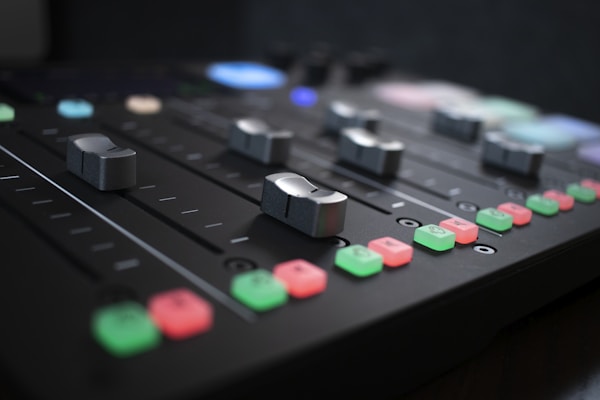Wireless microphone technology is commonly used in a range of applications, from broadcasting to live performance. However, understanding the basics of wireless microphones and their technology can be daunting. From signal types to frequency bands, this article will cover everything you need to know to make the most out of your wireless microphone setup. Keep reading to learn the basics of wireless microphone technology.
Frequency

The frequency of a wireless microphone is evaluated under the measurement of hertz (Hz) and is the number of times per second that the signal is transmitted. When selecting a wireless microphone, it is important to understand the frequency range that is available. All wireless microphones operate within a specific range. Generally, this range can be between 100 Hz and 20,000 Hz, although some models may have a wider range. When selecting a wireless microphone, it is important to consider the type of application for which it is being used. Different frequencies are better suited for different applications. For example, a wireless microphone used for a live performance should have a higher range, while one used for broadcast production will need a lower frequency range.
Modulation
Wireless microphone technology is based on the transmission of radio waves, and modulation is the process of altering the characteristics of these waves to carry audio signals. There are several modulation techniques that can be used with wireless microphones, each with its own advantages and disadvantages. For example, one modulation technique used in wireless microphones is amplitude modulation (AM). This method varies the amplitude of the radio waves to encode the audio signal. AM modulation is preferred for its superior range and power efficiency, as the signal can travel further and use less power than FM modulation. The downside of AM modulation is that it is more prone to interference from other radio signals or noise.
Diversity

In general, diversity is a technique used in wireless microphone systems to reduce dropouts and improve signal quality by using multiple antennas or multiple frequency bands. A wireless microphone system can either be single-channel or multi-channel, and each type has its own advantages and disadvantages. Single-channel systems are generally more affordable and easier to set up, with fewer components and fewer potential sources of interference. However, they are limited in their ability to avoid dropouts due to their single-channel design. This is where diversity comes in—by using two or more antennas, or two or more frequency bands, a single-channel system can be made more reliable and resilient to them. Multi-channel systems are more expensive and complex to set up, but they offer more flexibility and better performance than single-channel systems. With multi-channel systems, each microphone is on its own dedicated frequency, so dropouts are less likely. Additionally, multi-channel systems can use diversity techniques to further improve sound quality.
Range
The range factor of a wireless microphone system is a measure of how far away the microphone can be from the receiver and still pick up sound clearly. Because wireless microphones transmit sound using radio waves, the range factor is determined by the strength of the radio signal, which can be affected by a variety of factors, including the size and number of obstacles in the environment, the power of the transmitter, and even the weather. For optimal sound quality and reliable sound transmission, it’s important to choose a wireless microphone system with a range factor that is sufficient for your needs. Generally speaking, the more expensive systems have a greater range factor.
Overall, understanding the basics of wireless microphone technology is essential to ensure reliable performance and achieve the best sound quality possible. It is also necessary to ensure that wireless microphone systems are used in a manner that is compliant with applicable laws and regulations. By taking the time to learn the basics of wireless microphone technology, users will be rewarded with the confidence of knowing their equipment is working correctly and efficiently.





